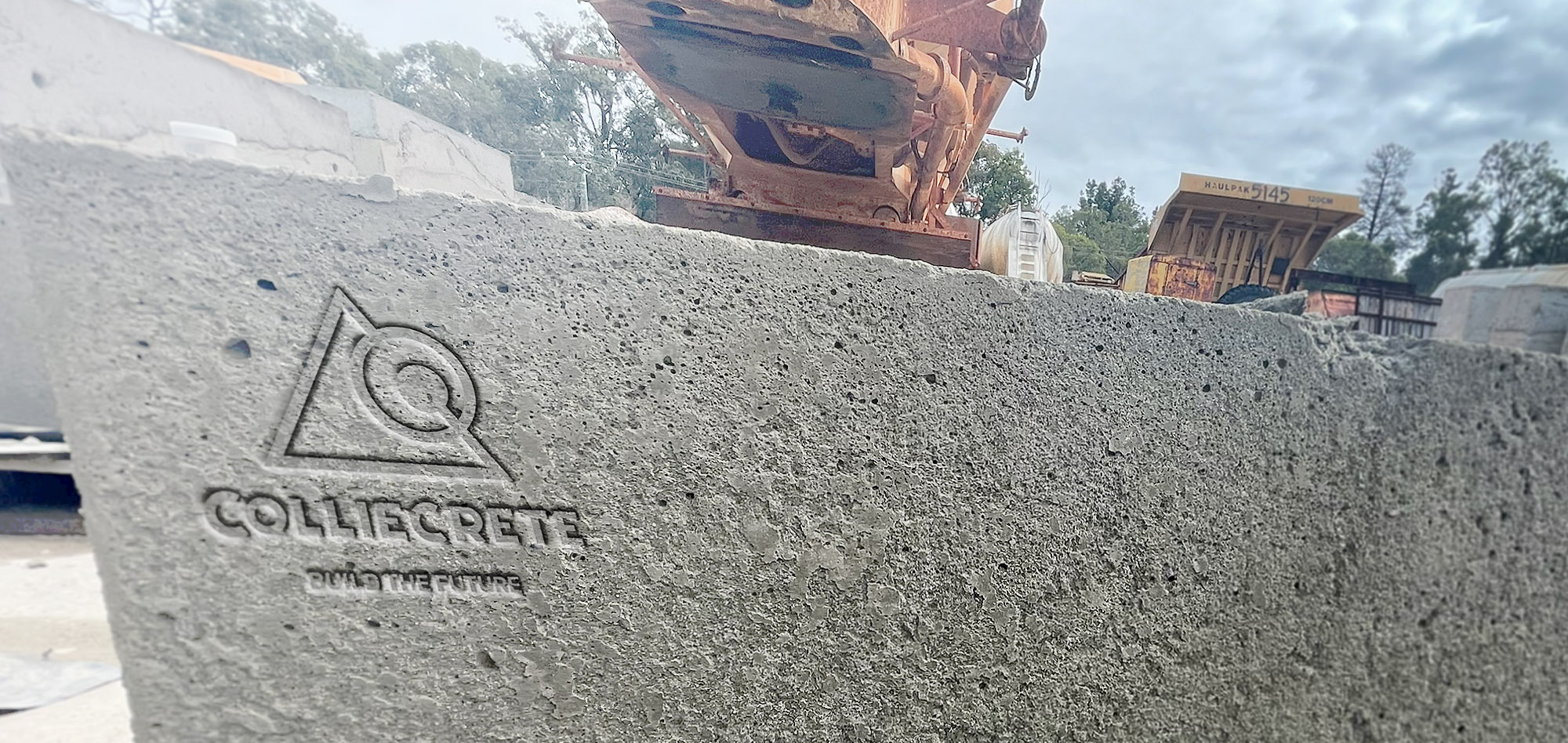
What’s so special about Collie’s geopolymer concrete?
Collie is unique in WA, with numerous sources of flyash and other suitable industrial waste materials.
Up to 500,000 tonnes of flyash per year is being produced in Collie, with vast stockpiles remaining from 60 years of coal-fired power generation that could be reclaimed long after the power stations close.
A number of published scientific studies have shown that Collie flyash is of very good quality for making geopolymer concrete.


One study comparing flyash sourced from power stations in Collie (WA) Eraring (NSW) and Tarong (Qld) found Collie flyash was the most reactive during geopolymerisation due to its finer particle size, and thus led to the highest compressive strength concrete.
Samples of flyash from one of the local power stations from different units collected at both minimum and maximum loads were analysed using Fully Quantitative x Ray Diffraction techniques (qXRD).
It was found that that the flyash quality parameters, in terms of key geopolymerisation factors, are essentially the same for both units at all loads.
This is awesome news for the Colliecrete project as it means we can be confident of having repeatable products no matter the power station’s operating regimes.
In addition, the amorphous content of the flyash, which is the component that makes the best and strongest geopolymer cement, is exceptionally high compared to literature values from other power stations around the world.
We are currently analysing further samples to compare the flyash characteristics from different power stations.
Production of geopolymer concrete using Collie’s waste materials would constitute a new industry with low carbon emissions, creating a circular economy, jobs and a solid future for Collie and WA.



